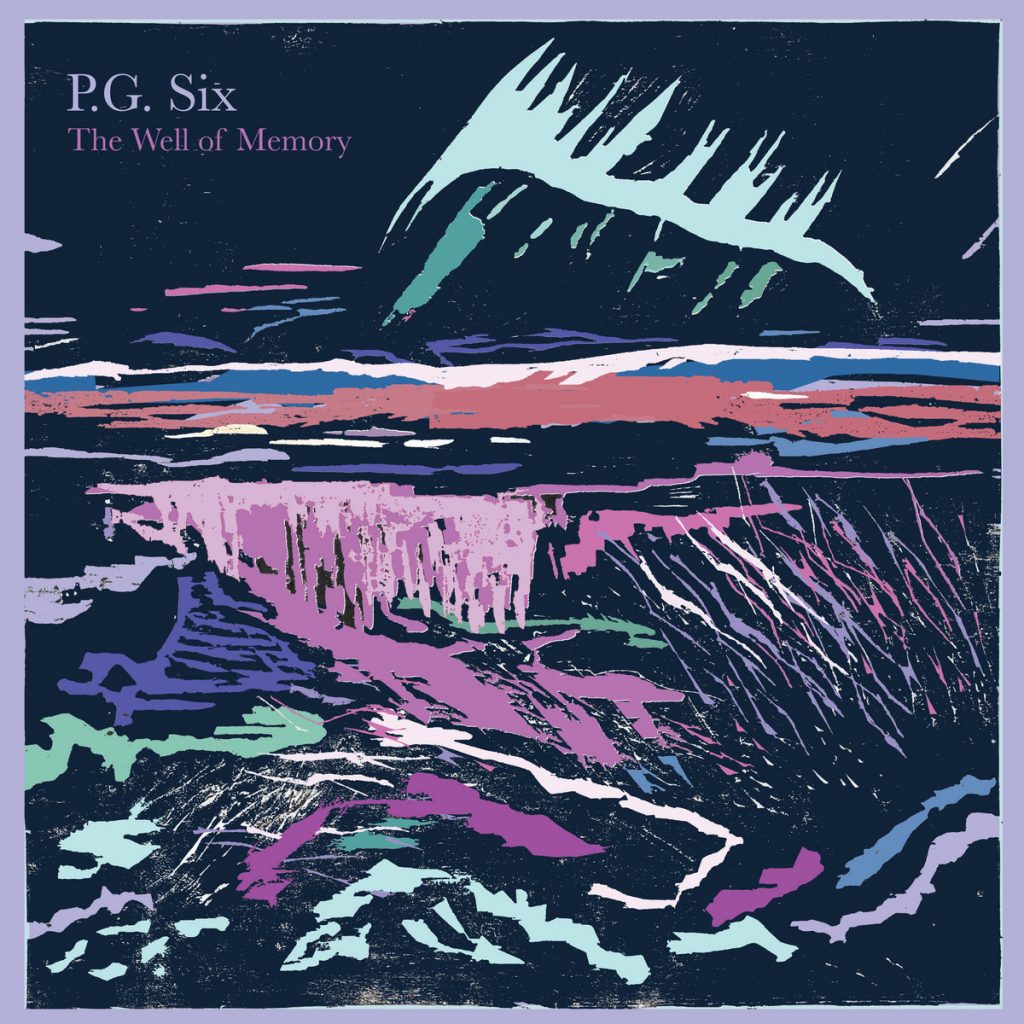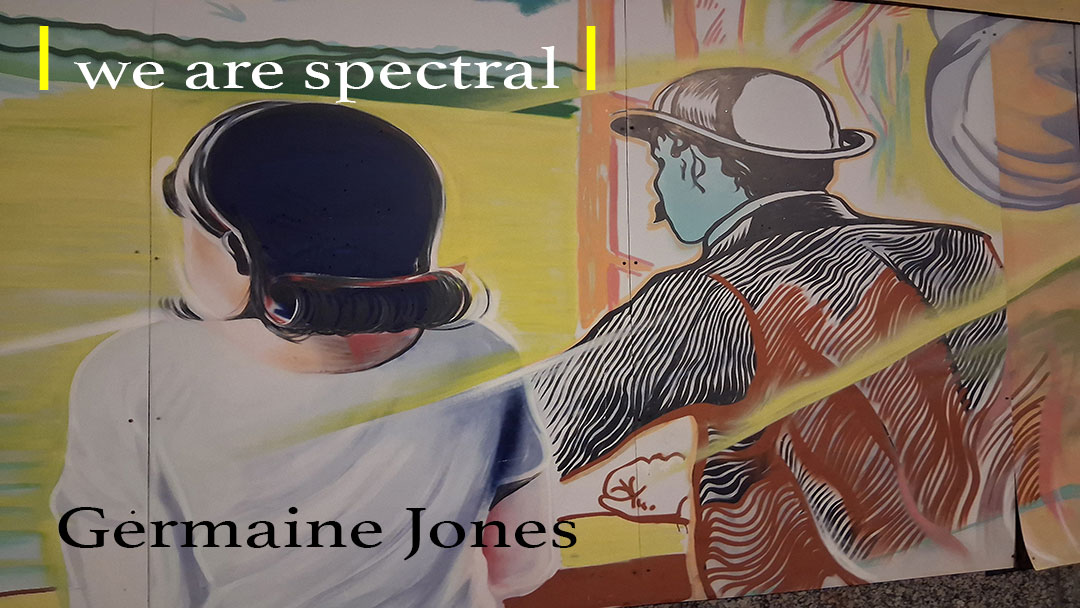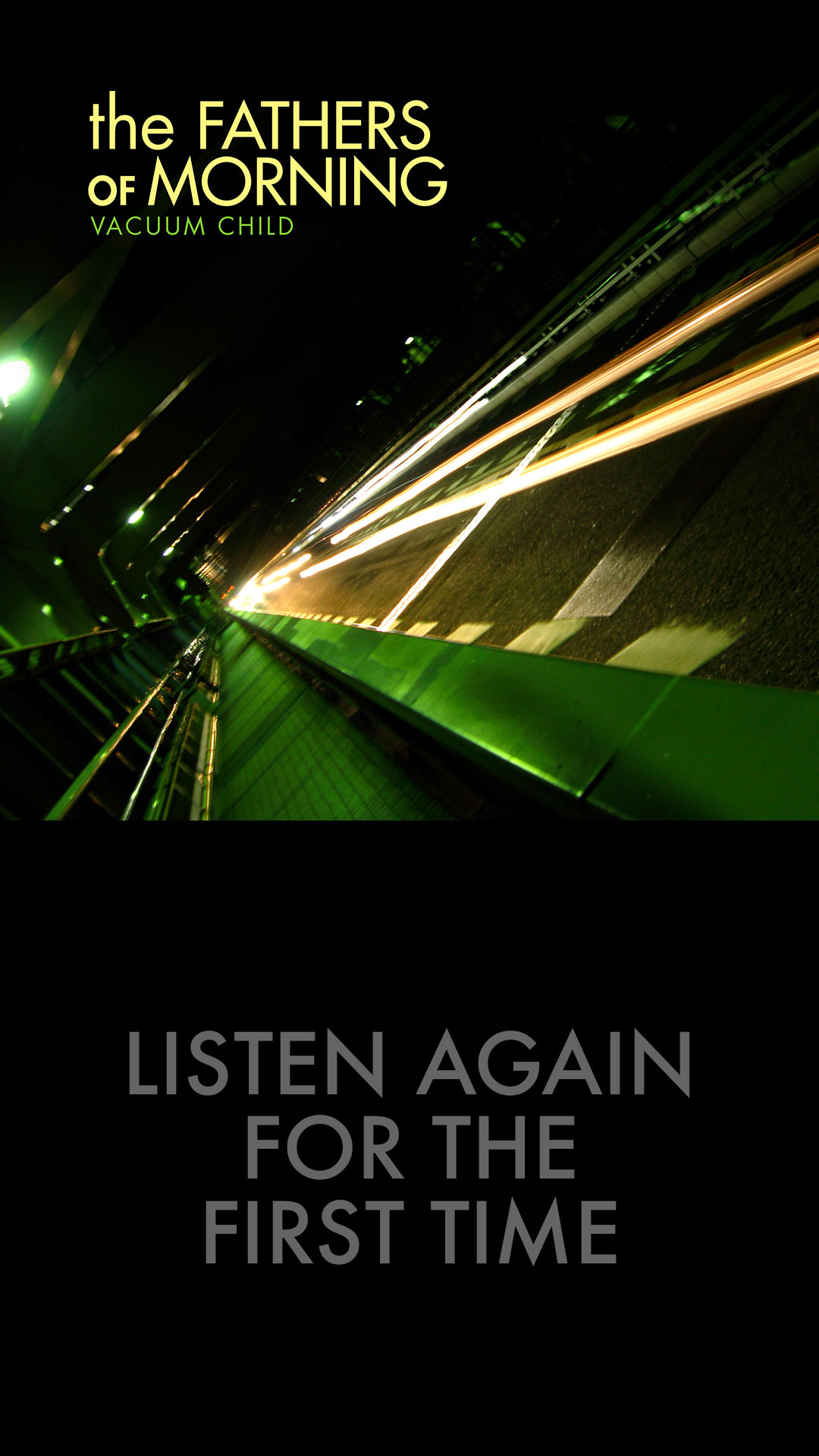
Originally released in 2004, The Well Of Memory faces a sterner test than most reissued albums by dint of nomenclature alone. How deep is the well? How meaningful are the memories? According to those or any other metric you might suggest, it holds up.
Multi-instrumentalist Pat Gubler is a versatile sideman who has enhanced the music of Pigeons, Metal Mountains, Stella Kola, Garcia Peoples and Weeping Bong Band. On the occasions that he writes and sings the songs, he adopts the name P.G. Six, which is a fairly broad hint at his affection for English folk rock from the 1960s. The melodies on the first P. G. Six LP, 2001’s Parlor Tricks And Porch Favorites, followed well-worn English folkways, their way lit by lilting tin whistle and brightened by shimmering psaltery accents.
The Well Of Memory didn’t abandon Anglophilia, but it engaged with other inspirations. The dissonant harp and churning synth on the two-part titular instrumental attest to Gubler’s awareness of resonance and other acoustic phenomena investigated by experimental composer Alvin Lucier. The snaky fuzz guitar and intricate drum programming on “Considering The Lateness Of The Hour” is deep fried in the brain oil of hairy, German-commune-dweller jams. While the pensive singing and involved narrative of “Crooked Way” would have passed muster on any late-’60s/early-’70s Joe Boyd production you might suggest, the deftly layered guitars and filtered vocals prove that Gubler had synthesized his influences into a rural-psychedelic concept that was all his own.
This reissue adds value in several ways. The mastering brings new definition to the music’s delicate understatement, and the gatefold cover, which bears a reinterpretation of the original CD’s nocturnal vista, is much easier for old eyes to behold. Most important, though, is the inclusion of a second LP, Lost And Live, that maps areas Gubler was exploring at the time that the original album only hinted at. One side contains mostly instrumental explorations carried out on keyboards belonging to St. Bridget’s Church in Copake, N.Y. These indicate that Gubler was connecting the dots between different aspects of American transcendentalism. Lost And Live’s other side contains mostly solo live versions of songs from The Well Of Memory that illustrate their hardiness when stripped of extra instrumentation. [Amish]
—Bill Meyer














